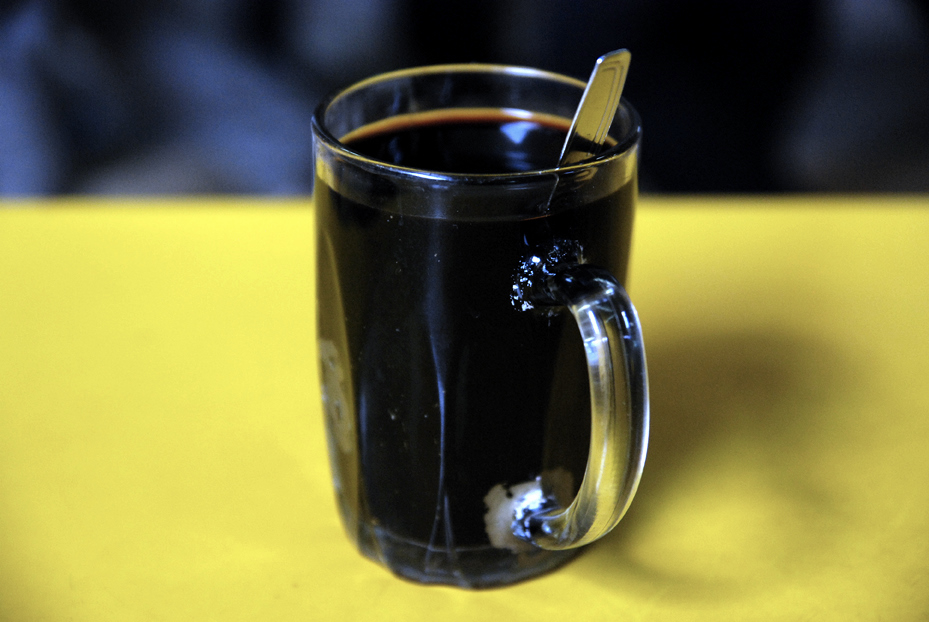insight
工程技术,地产投资,信仰家园,时尚生活
正文

As the standard of living improves and the country opens the floodgates to foreign imports, it is reasonable to expect kopi to be overtaken by the designer coffees, as with the case of pestle and blender, coal and stove, Singaporean and expat.
However, after speaking to three coffee experts, we realised that “kopi,” which refers to coffee in Hokkien and is synonymous with coffee found at your humble local coffee shop, is not only surviving but in fact has a whopping 80% of Singapore’s coffee market share.
“Drinking gourmet coffee is a pursuit of a certain lifestyle, but drinking coffee shop coffee is a daily affair,” explains Victor Mah, president of the Singapore Coffee Association. Together with Wee Jee Seng of the Kheng Keow Coffee Merchants and Tian Took Earn of the Foochow Coffee Restaurant & Bar Merchant Association, he gives his their take on why local kopi prevails…
A cuppa cents
Before the War, kopi costs about three cents – cheaper if you asked for half a cup. At 80 cents today, kopi is still one of the cheapest beverages in Singapore. Because of its affordability, kopi has assimilated into many Singaporean’s lives. It has also invaded shopping centres and stolen a market share from the Western brands.
A cup above the rest
Most kopi are brewed from the Indonesian Robusta bean, which is more bitter, thin and acidic than the Arabica beans. To enhance the taste, the local roasters add margarine, sugar and salt, resulting in a darker roast that produces a heavier body with a note of sweetness. In the past, kopi from different coffee shops tasted different because the owners would roast their own beans, usually at the back lanes. After urbanisation in the 60s and we waved goodbye to the backlanes, coffee shop owners turned to buying pre-packed coffee powder. Even so, the different coffee powders, water temperatures and techniques produce varied flavours.
Coffee culture
Selling coffee is one of the few jobs in Singapore without preferential hiring. The early Hainanese and Foochow immigrants were earliest to do the job. After working as cooks on the European ships, they set up coffee shops to cash in on the culinary skills they acquired. Those who came later worked as assistants in these shops until they have saved enough to go on their own. According to Wee, the number of Hainanese coffee shops grew to 505 in the 1940’s. The Foochow people remained the minority in this trade until the end of World War II, when they took over the Hainanese who felt it was no longer safe to stay Singapore. A significant number of Indians also joined the ranks of kopi sellers after the war.
Bonding over beans
It will not be wrong to say that coffee shops are social networking sites, way before Facebook and Twitter came to play. Back in the old days, according to Tian, people settled disputes, went for blind dates and played mahjong at the coffee shops. Although new places have been found for these activities, coffee shops continue to be where people exchange news on politics, lottery and TV shows – often over a cup of kopi.
Talk about socks
During the Tea and Coffee World Cup in March this year, the coffee-socks brew demonstration, according to Mah, created a lot of interest amongst the foreigners. And why not? The “pulling” of the coffee and the simultaneous addition of hot water are not mere stunts but wisdoms of old passed down from the earlier generations, that help to heighten the drinking experience. This act of perfecting every single step of what looks like a simple, or even outdated technique is something to love our kopi for!
评论
目前还没有任何评论
登录后才可评论.





